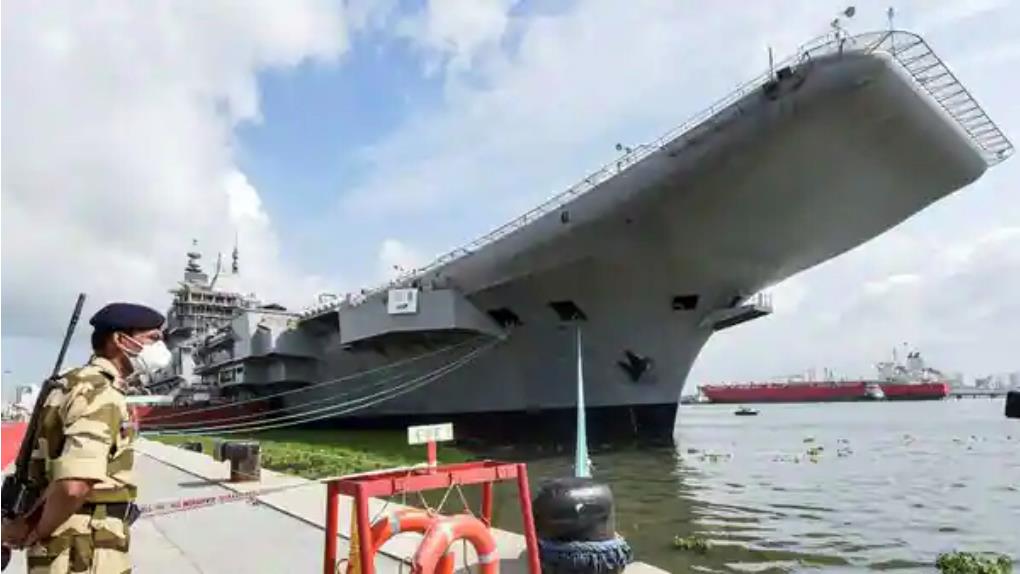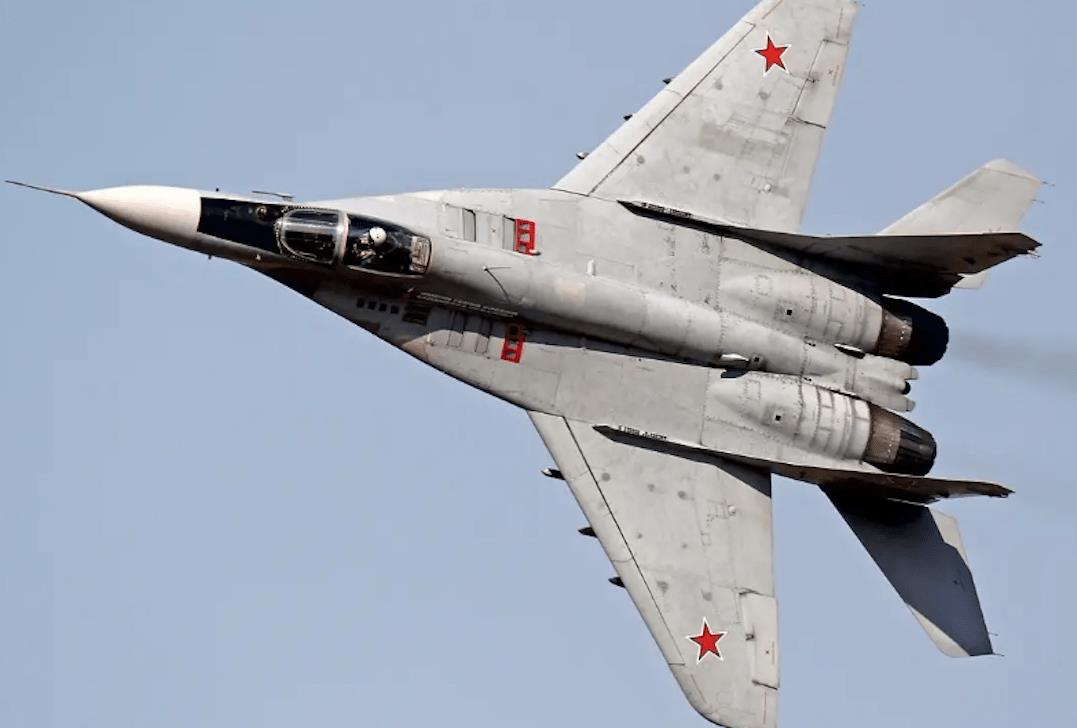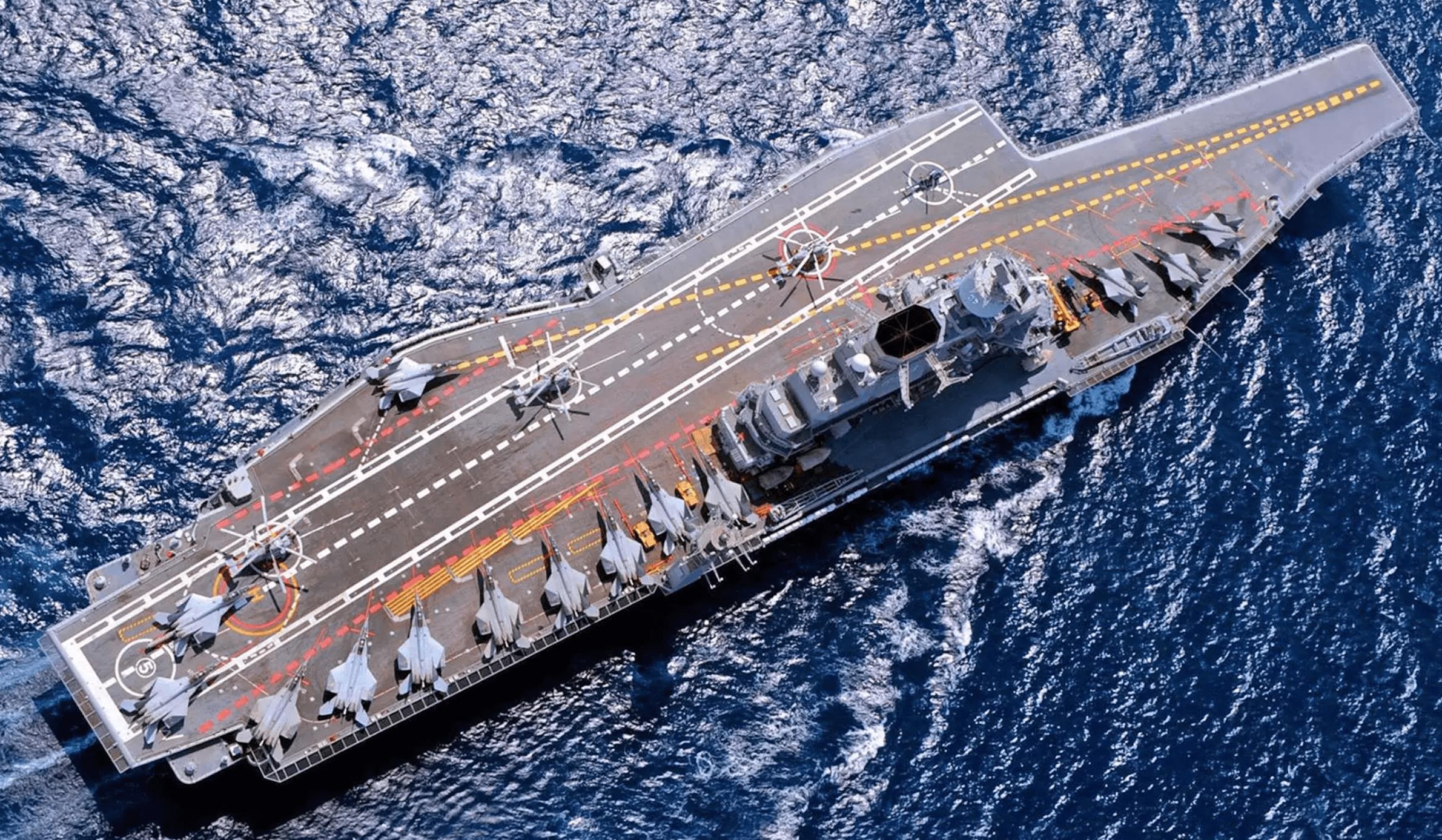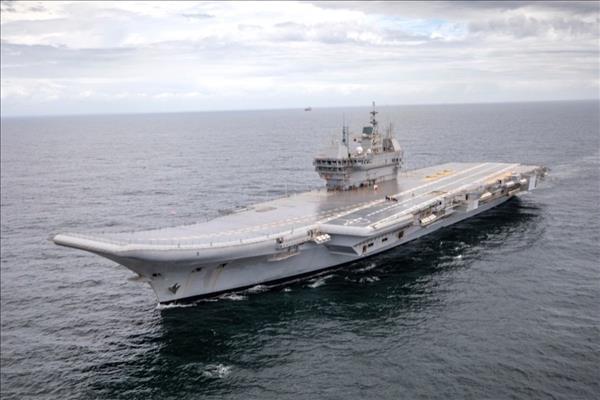
India's Homemade Carrier Ready To Flex And Float
After 13 years of development and US$2.5 billion in spending, India is set to commission its first indigenous aircraft carrier, the Maritime Executive reports .
The INS Vikrant was transferred on July 28 from Cochin Shipyard Limited (CSL) to the Indian Navy in advance of a commissioning ceremony scheduled for August 15, which marks India's Independence Day.
The vessel is named after the previous INS Vikrant, a former Majestic-class carrier of the Royal Navy that India acquired in 1957 and which played a vital role in the 1971 Indo-Pakistan War.
Maritime Executive mentions that three-quarters of the ship was domestically-built. Although not wholly constructed in India, the Vikrant marks a significant step for the South Asian nation's military indigenization efforts, which aim to achieve self-sufficiency in hardware and develop a blue-water navy, among other goals.
Vikrant's protracted construction was delayed by technical difficulties, funding and procurement problems, and corruption, notes defense website Military Today.
Despite these difficulties, India managed to complete the vessel, which is expected to complement and have similar capabilities to India's other carrier, the INS Vikramaditya, a refurbished Kiev-class carrier procured from the previous Soviet Navy.
The Defense Post says the Vikrant has a length of 262 meters and displaces 45,000 tons. It is powered by four General Electric LM2500 gas turbines that generate 88 megawatts of power, giving it a maximum speed of 28 knots.
The carrier features a ski ramp deck for short takeoff and arrested landing for its air wing of 30 aircraft. Military Today notes that Vikrant's air wing may include MiG-29K and HAL Tejas carrier-borne fighters, alongside Ka-31, Ka-27, and HAL Dhruv helicopters.

The INS Vikrant will be officially launched on August 15, 2022. Image: Twitter
In 2015, the Indian Navy published a document titled Ensuring Secure Seas: Indian Maritime Security Strategy , which outlines the role of aircraft carriers in India's naval strategy.
The strategy notes India's central position in the Indian Ocean region astride major international shipping lanes (ISL) and chokepoints almost equidistant from India.
It highlights India's economic dependence on the Indian Ocean region, with 93% of its oil and gas needs transported via sea or offshore oil and gas fields. It also notes that 90% of India's international trade by volume and 70% by value is carried by seaborne trade.
The strategy emphasizes India's central position in the Indian Ocean and its trade and economic activities, which are critically dependent on sea lines of communication (SLOC) and require sizeable resources and investments to secure.
In terms of traditional security challenges, it notes that states with historically hostile relations with India, increasing militarization of the Indian Ocean region and spillover effects from ongoing regional conflicts all pose significant threats to India.
India's sea control strategy envisions the development of three carrier battlegroups centered on an aircraft carrier with multi-mission escort and support ships, with integrated anti-air, anti-surface and anti-submarine capabilities.
Roby Thomas, a senior fellow at the Manohar Parrikar Institute for Defense Studies and Analyses, mentions that India needs three carriers to provide constant security on India's maritime flanks, with two carriers at sea and one undergoing refit and maintenance.
Plans for a third indigenous carrier are already underway, reports the defense website Indian Defense Research Wing. According to the source, CSL claims that Vikrant's sister ship, a 55,000 stretched derivative of the IAC-1 design, can be ready in five years.
However, the source mentions that plans for a third carrier might be delayed as the Indian Ministry of Defense is now prioritizing the development of nuclear-powered submarines.
In a 2018 article published in the Naval War College Review, defense analyst Ben Wang Ho notes that aircraft carriers were historically tasked to attack enemy maritime assets, project power ashore and protect SLOCs.
However, he points out that India may face what he calls the“small deck quandary,” meaning that the small size of India's carriers may impact their overall utility.
He notes that their small complement of combat aircraft – 24 MiG-29K fighters for Vikramaditya and 30 MiG-29K fighters for Vikrant, poses limitations on how much of their respective air wings should be devoted to attack and fleet air defense.

India's MiG-29s are in need of repairs. Credit: Twitter
Allocating more aircraft to attack purposes increases the vulnerability of the carrier battlegroup, but committing more aircraft to fleet air defense decreases attack power, the analyst notes.
This situation is compounded by the alleged poor build quality of the MiG-29K. In an article in The Print, Snehesh Philip cited a 2016 report by the Comptroller and Auditor General (CAG) of India that said the MiG-29K is riddled with problems with its airframe, avionics and engines.
Philip also quotes Indian Navy sources adding that the maritime operating environment for the MiG-29K compounds engine problems due to high salt and sand intake. These factors may limit the combat readiness of India's leading carrier-borne combat aircraft.
Moreover, India's domestic HAL Tejas fighter faces significant production delays. An article in The Economic Times mentions lack of coordination between Indian stakeholders and the lax approach of monitoring agencies has resulted in a 30-year delay to the Tejas program.
Given the limitations posed by India's small carriers, questionable reliability of the MiG-29K and delays in HAL Tejas production, defense analyst Ho contends that India's carriers may not deliver enough combat power to hit inland and shore-based targets.
India may also be reluctant to endanger its most prized warships in contested waters where enemy and anti-ship submarines pose a significant threat.
Ho posits that India's carriers may be more suited for SLOC protection, noting that the large expanses of the Indian Ocean are better covered by naval than land-based aircraft. However, the prospect of deploying such high-profile assets for relatively humdrum missions such as escorting merchant convoys may invite questions about the utility of India's carriers.
Gurpreet Khurana notes in a 2018 article in the National Maritime Foundation that aircraft carriers may be too vulnerable to anti-ship missiles and submarines and tie-down other naval assets while their acquisition costs may be prohibitive over the long run.
Against all those anti-carrier arguments, Khurana contends that the multi-layered defenses of a carrier battlegroup are already formidable against missile attacks while aircraft carriers themselves are incredibly resilient to battle damage.
He adds that a carrier battlegroup can bring substantial anti-submarine assets to bear against hostile submarines such as anti-submarine helicopters and anti-submarine warships.
Khurana also notes that subs must come to at least periscope depth to launch anti-ship missiles, increasing their chances of detection. In addition, he mentions the limited detection and tracking range of submarine radars with the range of their missiles.
Khurana also notes that a carrier's escorts may be increased or decreased as the situation requires and that a whole escort of warships is not always necessary. In addition, he mentions advances in unmanned vessel technology may reduce the need for many escort ships.

INS Vikrant is comparable in dimensions to the Indian Navy's current aircraft carrier, the INS Vikramaditya (shown), a completely reworked Kiev class warship. Credit: Ministry of Defense.
He also mentions that the inherent capabilities of aircraft carriers as floating airbases may well justify their cost, noting that no other type of warship provides the same capabilities as a carrier.
Despite these arguments favoring carriers, capability limitations and risk averseness may relegate India's carriers to symbolic political assets to showcase great power status.
Ho points out that since the end of World War II, much more capable US carriers have never been deployed against near-peer adversaries and have operated only in very permissive environments against adversaries who have no means to contest sea control.
One can argue that the same circumstances may apply to India's future carrier force.

Legal Disclaimer:
MENAFN provides the
information “as is” without warranty of any kind. We do not accept
any responsibility or liability for the accuracy, content, images,
videos, licenses, completeness, legality, or reliability of the information
contained in this article. If you have any complaints or copyright
issues related to this article, kindly contact the provider above.





















Comments
No comment